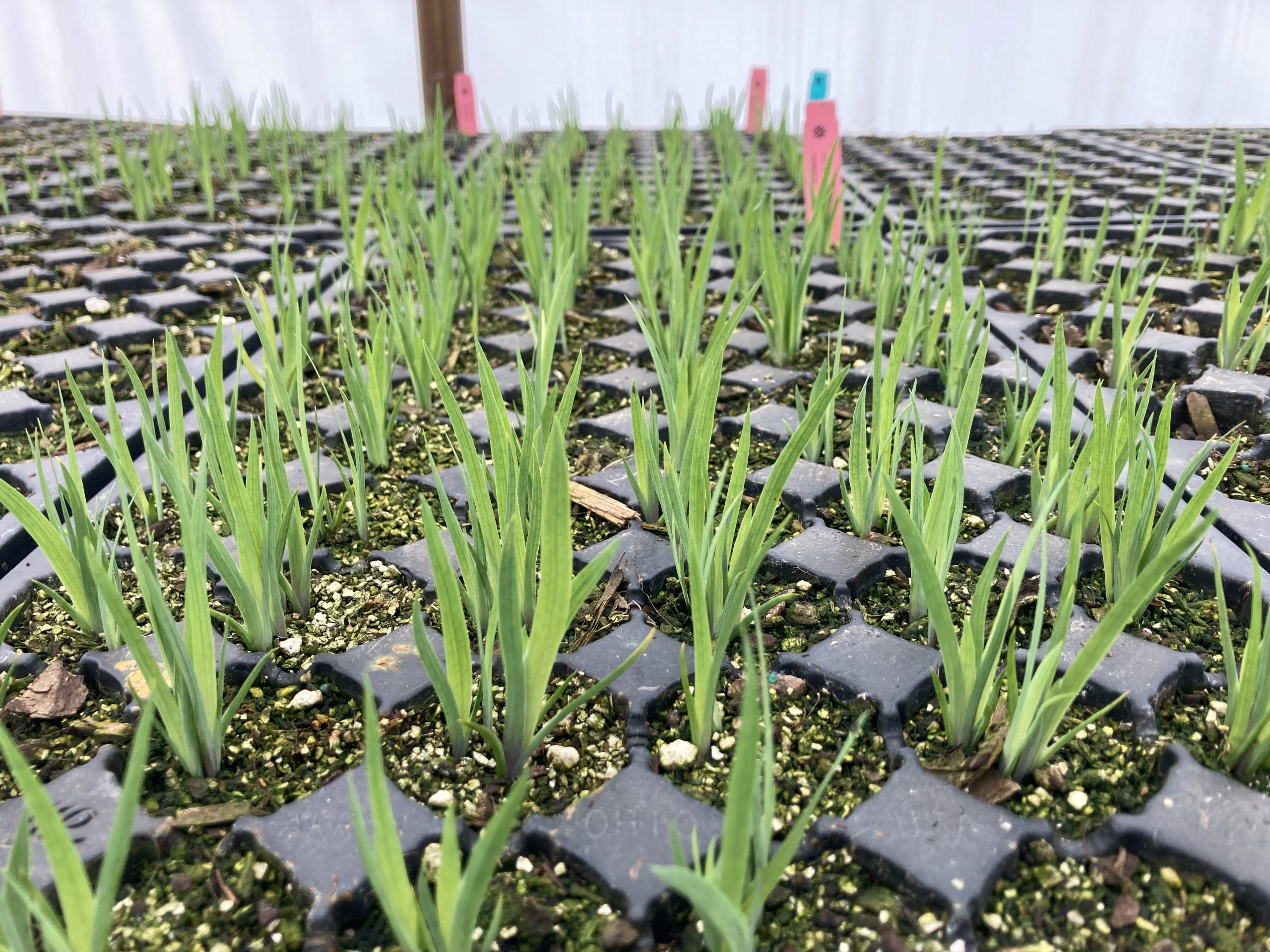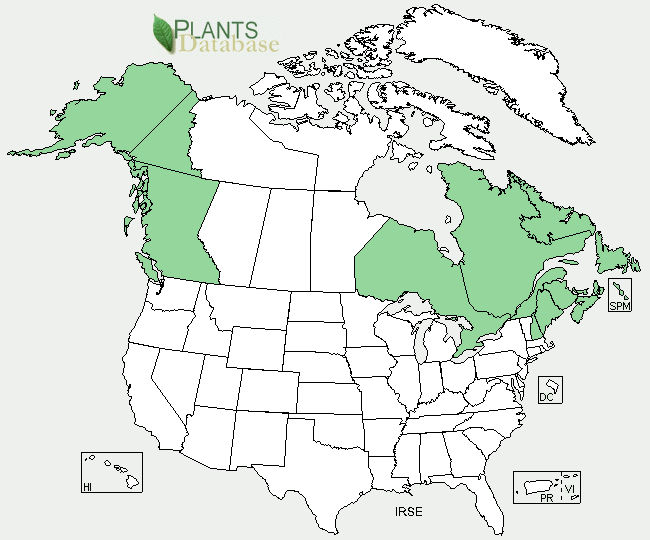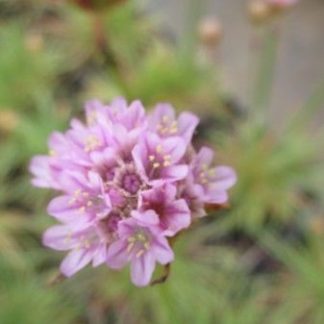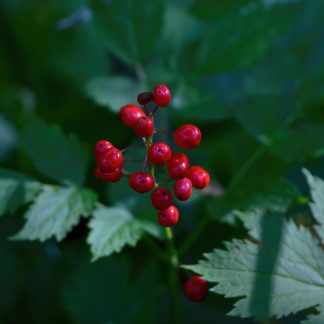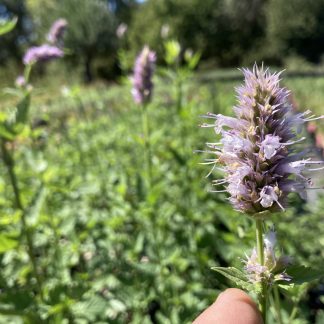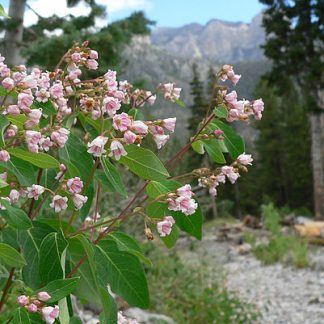Iris setosa
wild-flag
Habit: Iris setosa is a densely tufted, showy perennial herb. It grows from short, thick rhizomes which spread to form large clumps of branched stems. The plant can reach up to three feet tall. The leaves are grass-like, 12- 24 inches long by half inch wide, becoming thinner at the tips. Flowers are few and, depending on the region, come in a range of shades of violet and blue. Its three large sepals spread outward and curve inward at the tips. Each sepal displays conspicuous dark veins and a lighter color at the base. The three sharp-pointed petals are very small and grow upright from the center of the corolla. Fruits are egg-shaped capsules, one and a half inches long.
Ecology: grows in wet meadows, marshes, coastal swales and lake shores, at low to mid elevations. It is found in Alaska, British Columbia, along the east coast of Canada and south to New Hampshire and Maine.
Growing conditions: prefers damp to wet soils and partially shaded conditions; however, it can tolerate drier media and full sun as well. Iris setosa is one of the hardiest species within its genus, but requires a cold winter to complete dormancy.
About 10 species of Iris are native to the Pacific Northwest. They constitute one of the best-known garden plants in the region. Some of the species are poisonous. The rhizomes and seeds of wild-flag can cause minor skin irritation when touched or low intoxication when ingested. The plants should be handled with caution.
The name of the genus Iris means “rainbow”, in reference to the variety of flower colors these plants can produce. The species name setosa means “bristly”, possibly alluding to the sharp tips of the petals. The genus Iris is also called “flag” because all of its flowers produce three large sepals which spread or hang outwards.
Specs
Herbaceous Perennial
1-3 feet (30-91 cm)
12 inches sprea
3a to 8b


